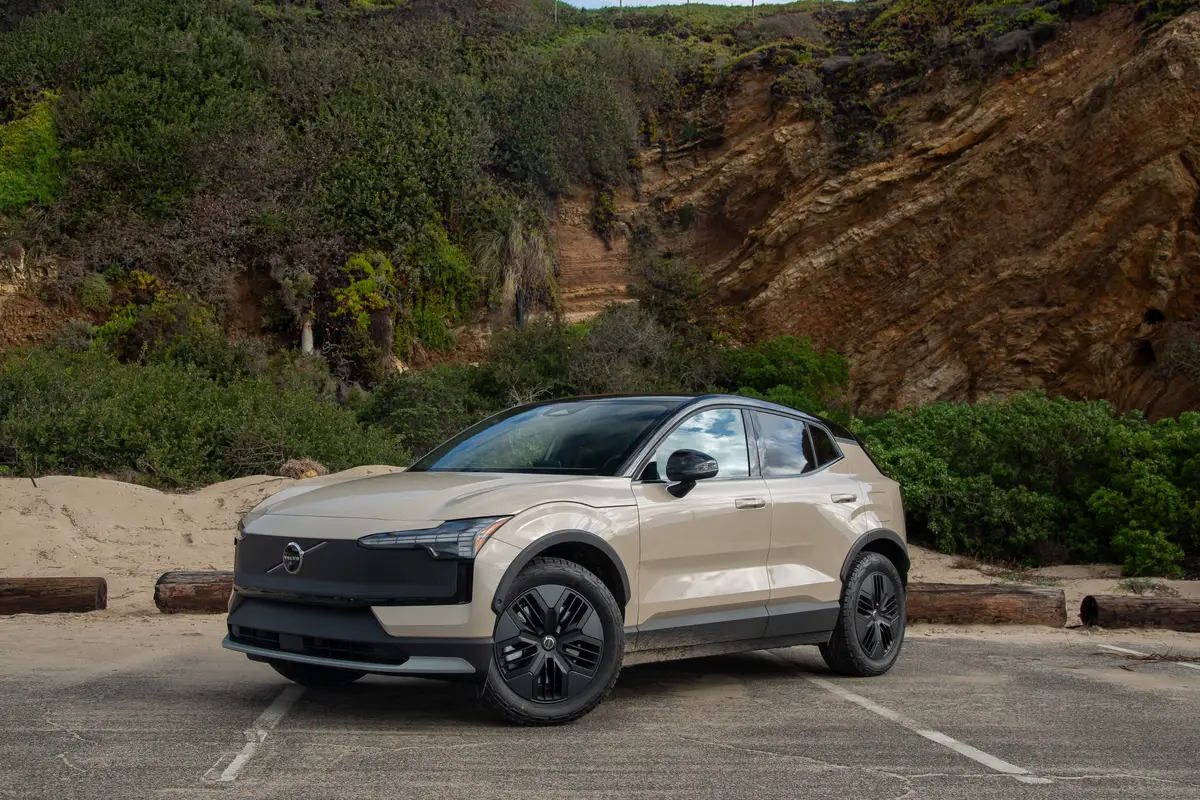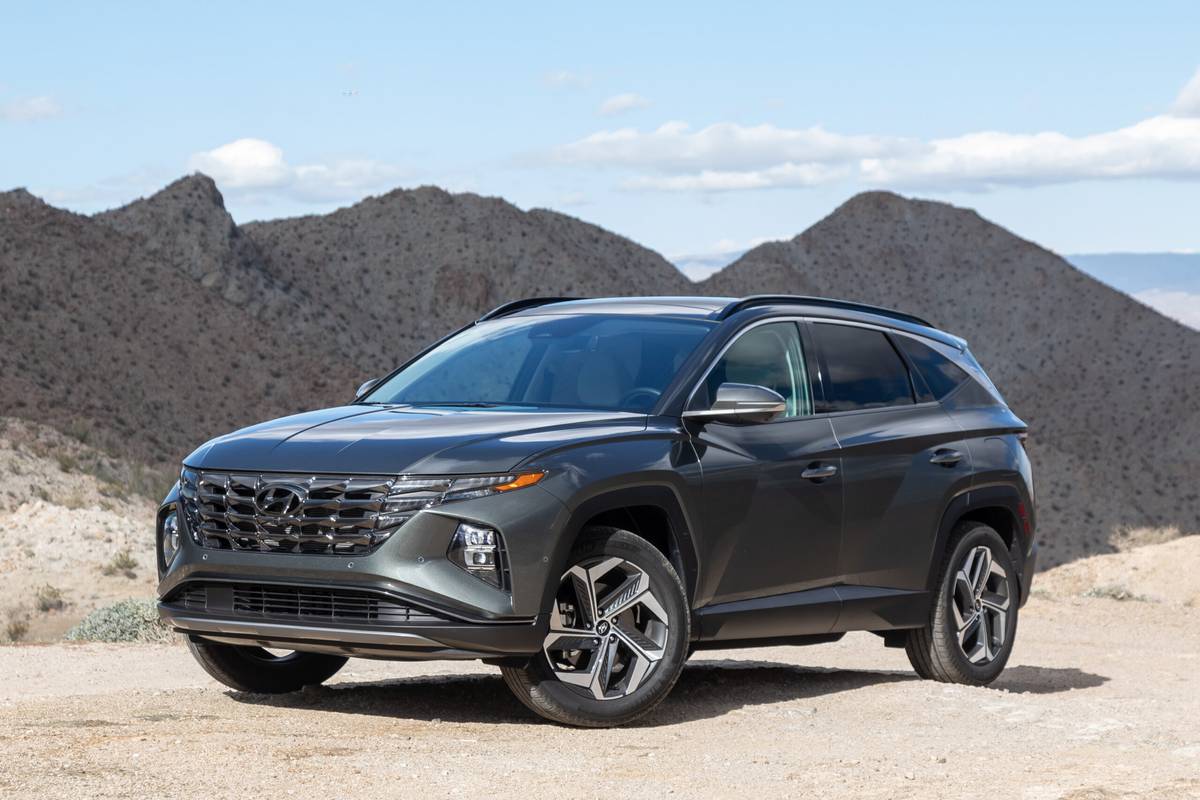washingtonpost.com's view
The Ford Contour has been a work in progress since its introduction in 1995. That is, the car has been in a constant state of correction. There were seat readjustments to create more legroom, suspension rearrangements to provide better ride and handling, exterior tweaks to mute its jelly-bean look, and changes to help the instrument panel make more sense.
Ford prefers to call those fixes “improvements,” things done in the normal course of product development. Perhaps. But it is also true that most of those “improvements” came in direct response to customer complaints.
That should be a cause for celebration instead of an occasion for corporate euphemisms. People complained. Ford responded by making the fixes. The upshot is that the tested 1999 Ford Contour SE is the Contour that Ford should have made in the beginning.
Had Ford done things right the first time, the company wouldn’t be struggling today to boost the sagging sales of the Contour and its mechanical twin, the Mercury Mystique. Both cars, as currently constituted, easily compete against the Acura Integra, Mazda 626, Nissan Altima, Mitsubishi Galant and Dodge Stratus, the Contour’s main rivals in the compact sedan category.
But getting consumers to believe that the Contour now is up to snuff is going to take some work. People are funny. They walk away when you mess with them on something as important to their daily lives as a car. And when they walk away, it’s hard to get them to come back.
That’s too bad, because the first Contours were decent, despite their shortcomings. The key difference between them and the newest Contours is that the new cars seem to be designed and assembled with more attention to detail.
Take those seats. There was little usable legroom for rear passengers in the older Contours, and if those passengers were, say, nearly six feet tall, they had to scrunch their legs to fit.
Ford corrected that problem by reconfiguring the front seats, taking the bulk out of them in a way that adds about a half-inch more space for the knees and 1.2 inches more overall for the legs of rear-seat passengers.
Conventional wisdom would say that driver and front-passenger seating comfort were sacrificed in the process. But that would be an erroneous assumption. Truth is, those lighter front seats are more comfortable, and more supportive of adult bottoms and backs, than the fatter seats they replaced.
I noticed something else — the absence of notchiness in the five-speed manual gearbox in the new Contour. It’s relatively smooth shifting all around, with improved clutch work to boot. (Those of you who complained to me about fighting with the gears in the older Contours might want to give this one a try.)
As was the case in previous models, Ford is offering two engines in the 1999 Contour. My favorite is the tested 2.5-liter, 24-valve Duratec V-6, designed to produce 170 horsepower at 6,250 rpm and 165 pound-feet of torque at 4,250 rpm.
A more economica l, 125-horsepower, 2-liter, four-cylinder Zetec engine is available. But that engine feels like an economy job, something that belongs in a smaller Ford Escort.
The five-speed manual transmission is standard on the front-wheel-drive Contour, which is available as the LX, the more upscale SE and the truly hot Contour SVT sport model. An electronically controlled four-speed automatic transmission is optional.
Ford sold 151,060 Contours last year, down 13.3 percent from the 174,187 models sold the previous year. The company would like to do better than that. The new Contour should help.
1999 Ford Contour SE
Complaints: The air conditioner in the test car seemed to work best at the extremes, which usually meant uncomfortably chill. Raising the temperature produced mugginess. I drove a lot with the windows down.
Praise: Excellent build quality. Good highway performance. Easy shifting. An overall pleasant driving experience.
Ride, acceleration and han dlin g: High marks all around. The car is a spirited runner that doesn’t work you to death. Handled well in numerous close urban encounters. Accelerated with competence in highway lane changes. Excellent braking. Brakes in the tested Contour SE were power four-wheel discs with an optional four-wheel anti-lock system.
Head-turning quotient: There are some automotive designs that just don’t catch on, and I think this is one of them. It drew a few favorable comments, mostly about its sporty wheels. But people generally ignored it. Not a single “Wow!” in a week’s worth of driving.
Safety: Standard, federally required safety items such as dual front air bags and side-impact protection systems.
Sound system: AM-FM stereo radio and cassette. Installed by Ford. Very good.
Price: Base price on the tested 1999 SE is $15,955. Dealer’s invoice is $14,565. Price as tested is $17,490, including $1,000 in options and a $535 destination charge.
Purse-strings note: Excellent value. Now one of the best family compacts available. You should be able to bargain on this one.
Latest news



